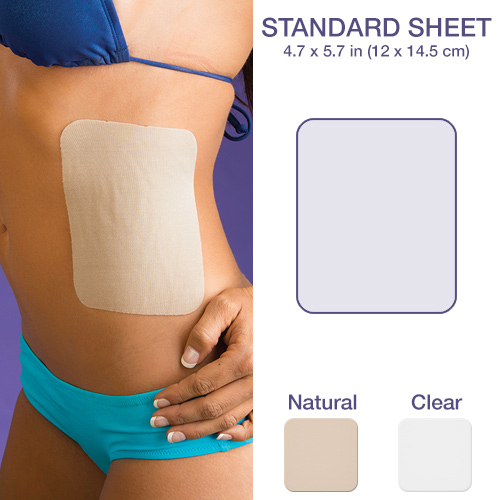



What is a Tummy Tuck?
Tummy tuck surgery, also known as abdominoplasty, removes excess fat and skin and, in most cases, restores weakened or separated muscles creating an abdominal profile that is smoother and firmer.
A flat and well-toned abdomen is something many of us strive for through exercise and weight control. Sometimes these methods cannot achieve our goals.
Even individuals of otherwise normal body weight and proportion can develop an abdomen that protrudes or is loose and sagging. The most common causes of this include:
- Aging
- Heredity
- Pregnancy
- Prior surgery
- Significant fluctuations in weight
What a Tummy Tuck Won't Do
A tummy tuck is not a substitute for weight loss or an appropriate exercise program. Although the results of a tummy tuck are technically permanent, the positive outcome can be greatly diminished by significant fluctuations in your weight. For this reason, individuals who are planning substantial weight loss or women who may be considering future pregnancies would be advised to postpone a tummy tuck.
A tummy tuck cannot correct stretch marks, although these may be removed or somewhat improved if they are located on the areas of excess skin that will be excised.
What is a C-section?

Caesarean delivery — also known as a C-section — is a surgical procedure used to deliver a baby through an incision in the mother's abdomen and a second incision in the mother's uterus.
A C-section might be planned ahead of time if you develop pregnancy complications or you've had a previous C-section and aren't considering vaginal birth after caesarean (VBAC). Often, however, the need for a first-time C-section doesn't become obvious until labor is under way.
If you're pregnant, knowing what to expect during a C-section — both during the procedure and afterward — can help you prepare.
Save
Save







